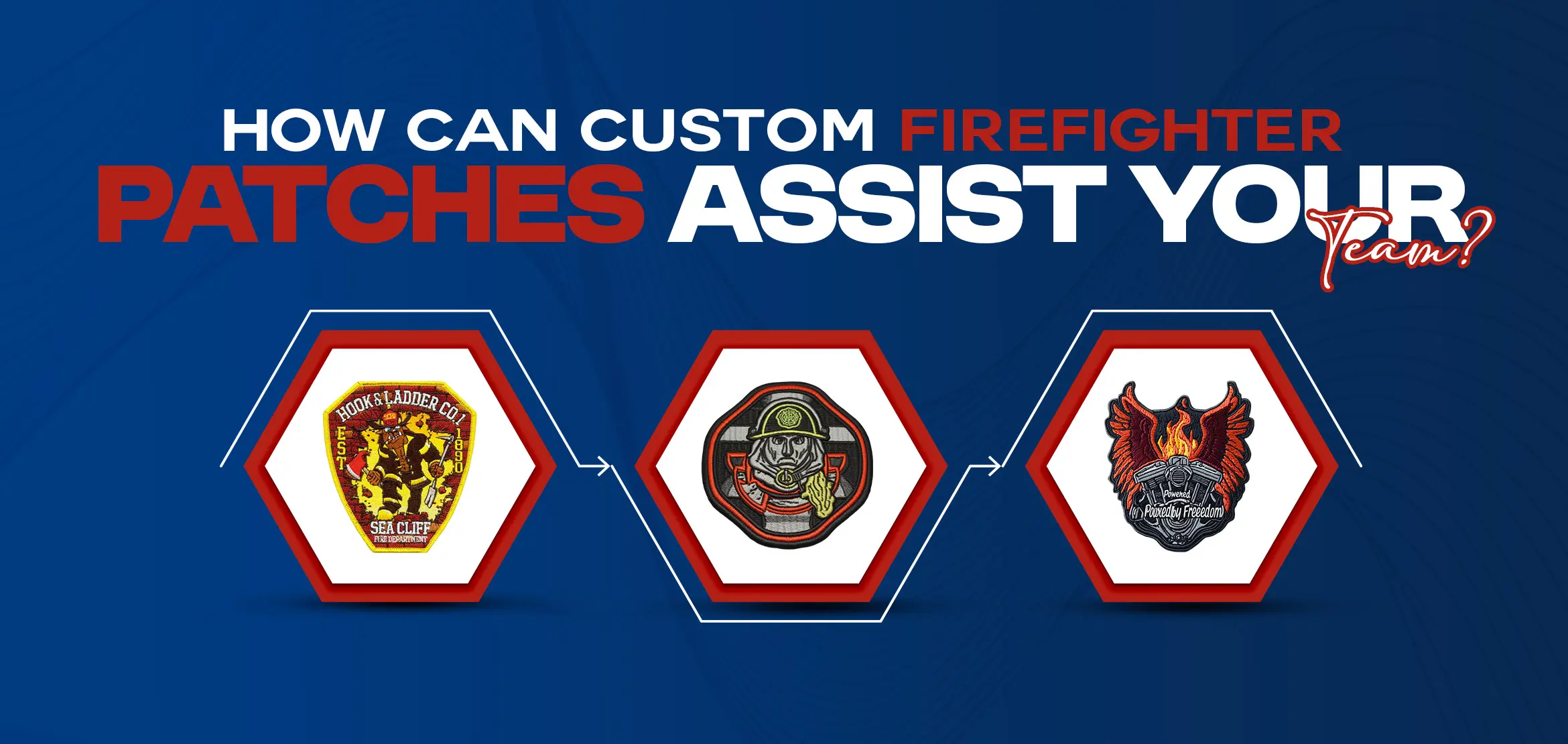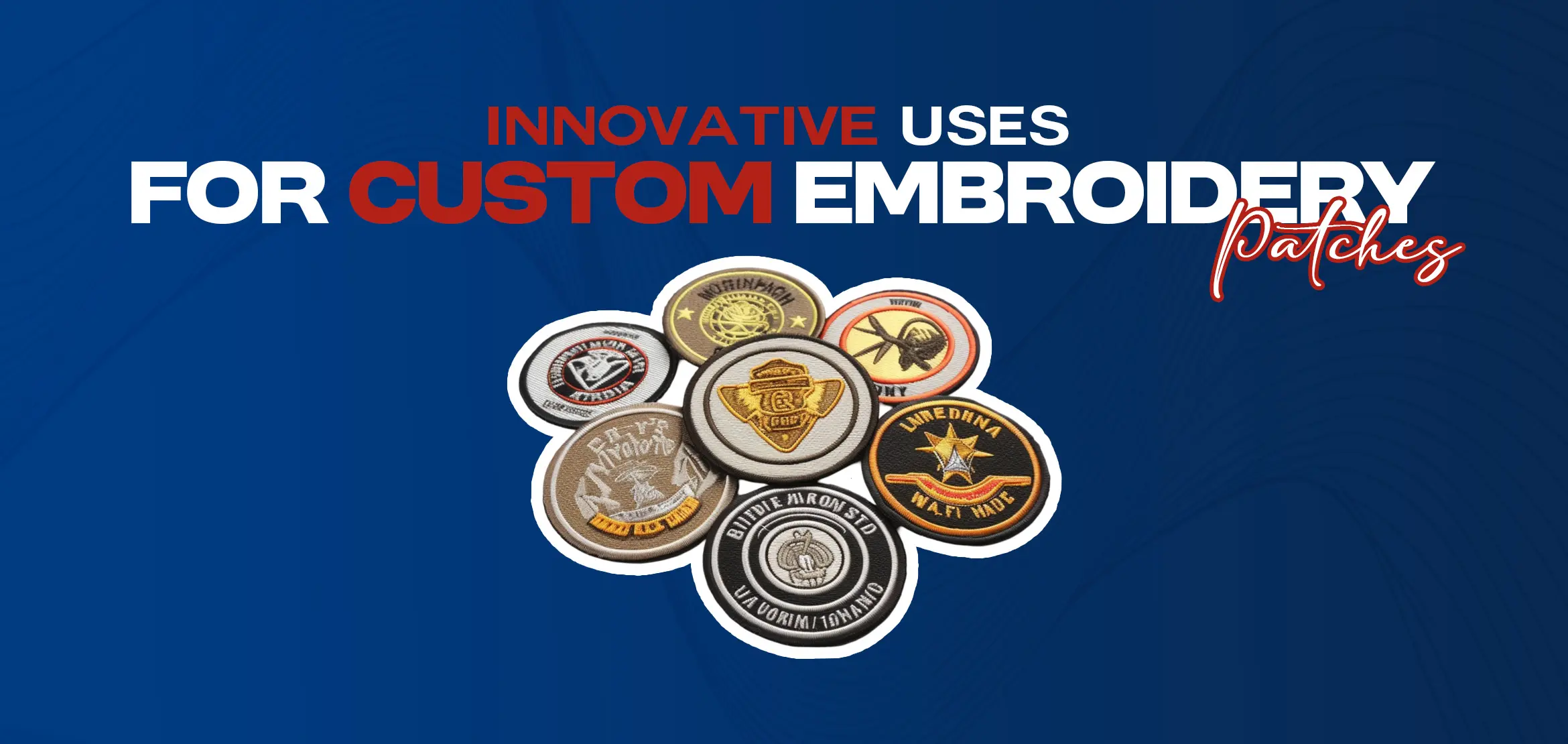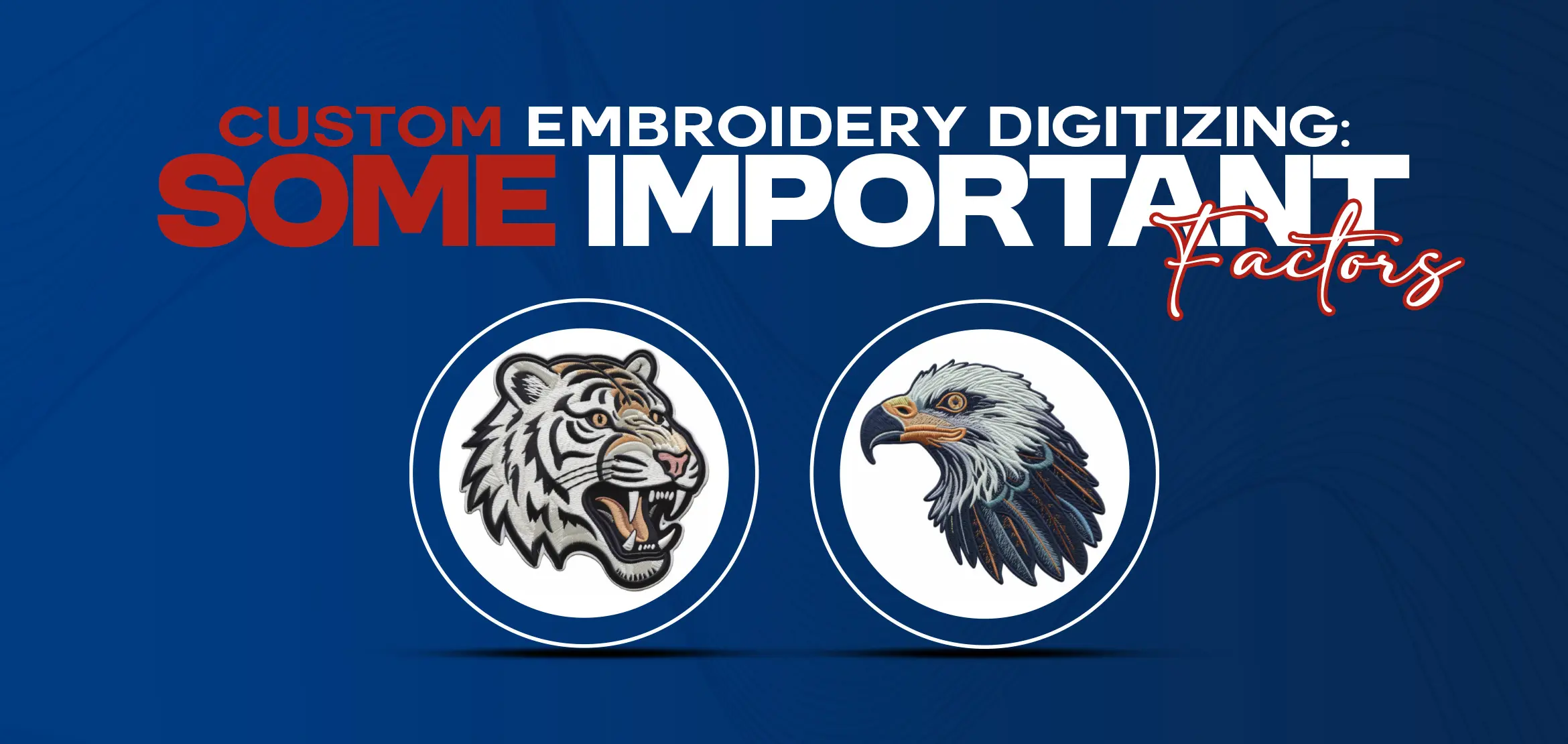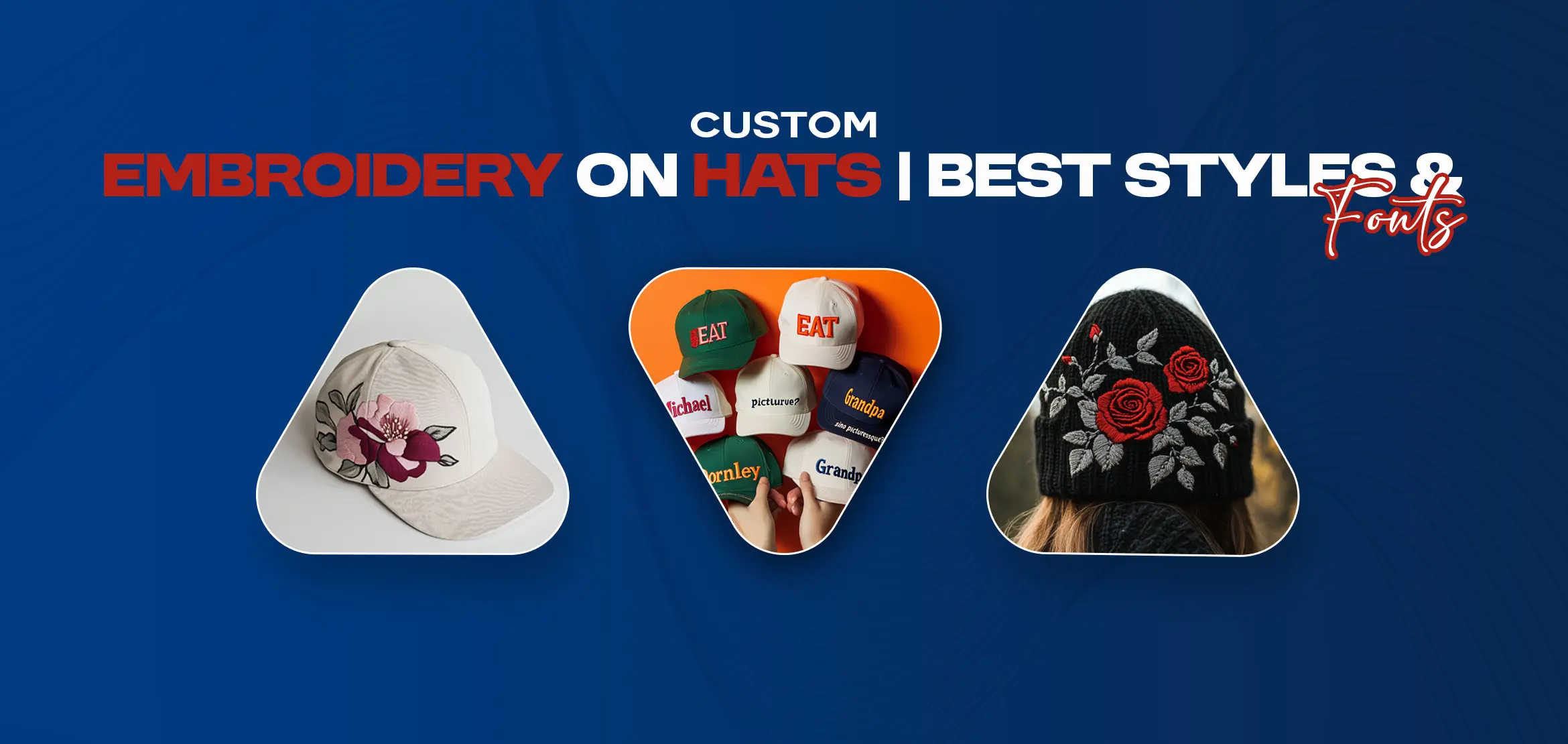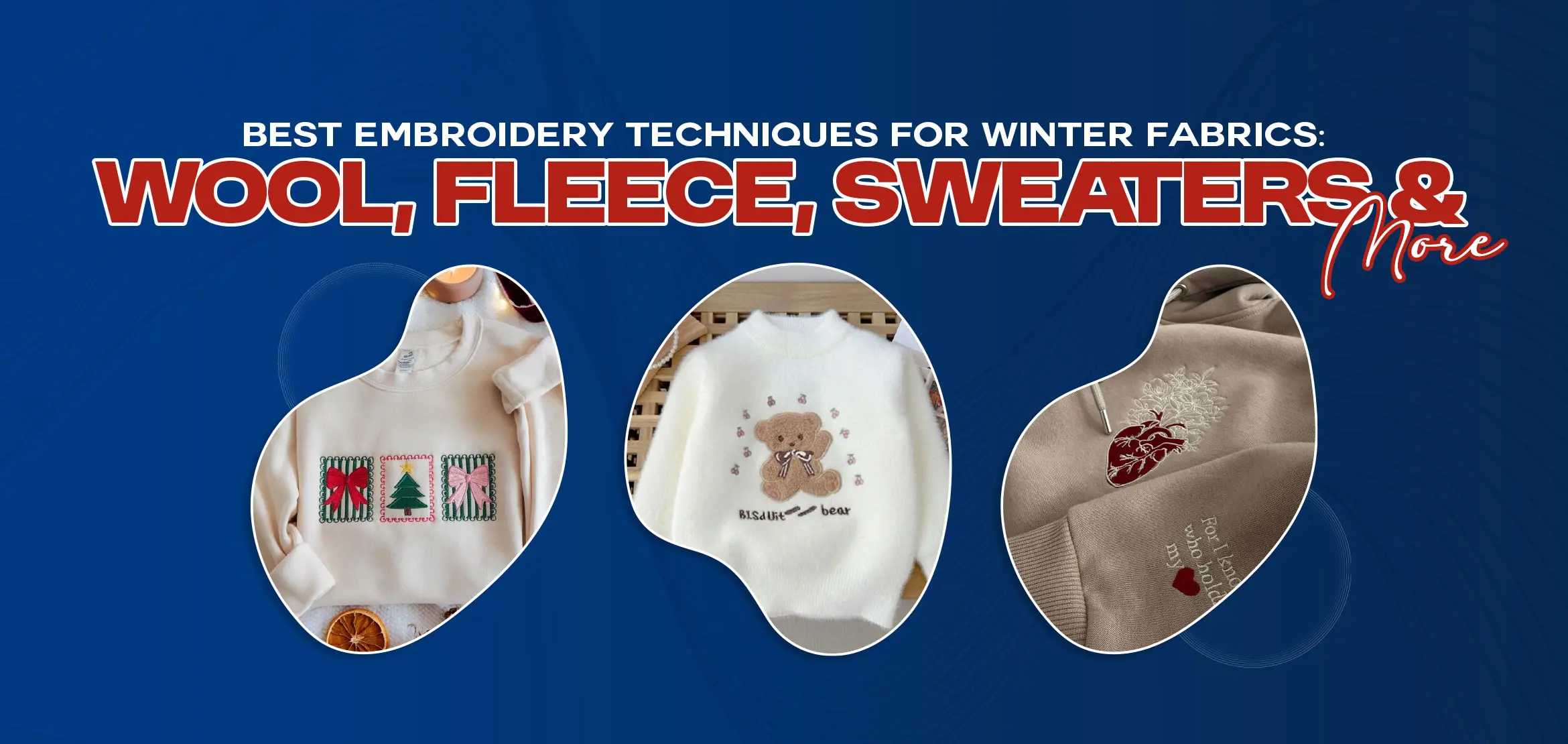
Best Ways to Embroider on Winter Clothes Like Wool, Fleece and Sweaters
Table Of Content
- What Makes Winter Fabrics Different for Embroidery?
- Best Embroidery Techniques for Wool Fabrics
- How to Embroider on Fleece Without Stretching or Puckering?
- Embroidery Tips for Sweaters and Knitted Garments
- Choosing the Right Stabilizer for Winter Fabrics
- Best Needles and Threads for Winter Fabric Embroidery
- Common Embroidery Problems on Winter Fabrics and How to Fix Them
- Machine Embroidery Designs That Work Best on Thick Winter Fabrics
- Essential Hooping Tips for Thick and Stretchy Fabrics
- Best Embroidery Techniques for Hoodies, Coats, and Winter Jackets
- Summary
Winter clothes are cozy but you know they are tricky to embroider sometimes. People want to put names, pictures or designs on jackets, sweaters,hoodies and wool coats. Most of the time fabric stretches, the stitches sink in or the design gets wavy and messy and trust me it is very frustrating. But if you want to reduce your frustration, simply follow the right tricks and your embroidery will look nice and clean. Here is what works best.
What Makes Winter Fabrics Different for Embroidery?
Usually winter fabrics are thick, stretchy or fluffy. Wool feels firm and is a little rough. Fleece is very soft. Sweater knits move and shift while the machine is sewing. Stitches don't always sit flat and the design moves from their place easily. These fabrics are also heavy so the needle has to go through more material. Once you understand the fabric nature, it is easier to pick the right essentials and get good results.
Best Embroidery Techniques for Wool Fabrics
Wool is strong but it is thick. It is better to use a design that is not too full of stitches. A cut-away stabilizer gives the best support, especially on big designs. If the design has filled parts, keep the stitches a little farther apart so the wool does not get stiff.
Chain stitch and blanket stitch look very neat on wool. When you put wool in the hoop, do not pull it tight. Just let it lie flat. A quick spray of temporary glue keeps it from sliding around.
How to Embroider on Fleece Without Stretching or Puckering?
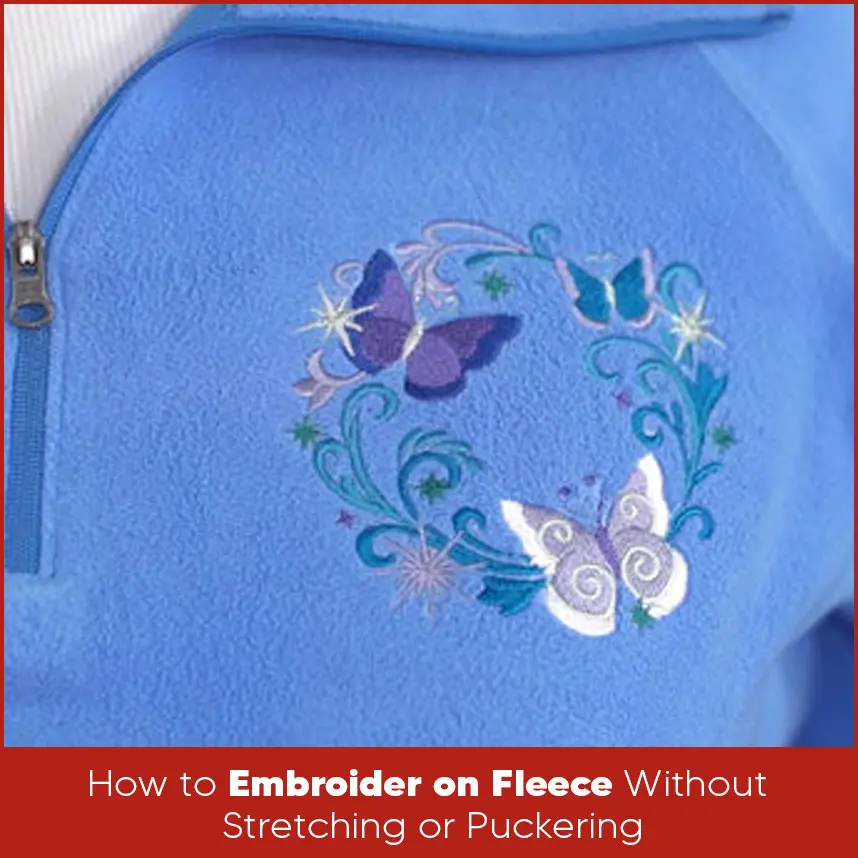
Fleeces are soft and warm but they stretch very easily. The main thing is to stop it from moving while you sew. Use a cut-away stabilizer because it stays in the jacket or hoodie forever and keeps everything strong. Put a piece of water-soluble topping on the top side so the stitches do not press into the fluff. This is extra helpful on thick fleece. Pick a design that is not too heavy so the spot does not feel hard. When you hoop fleece, just lay it in gently. Don't pull or stretch it.
Embroidery Tips for Sweaters and Knitted Garments

Sweaters and knit clothes can shift while the machine runs and that makes the design crooked. A good cut-away stabilizer plus a light spray of glue helps hold the sweater still. Never pull a knit tight in the hoop because it has stretch. Put water soluble topping on top so the stitches stay on the surface. For machine work, choose lighter designs.
Choosing the Right Stabilizer for Winter Fabrics

The right stabilizer makes everything easier. Fleece and sweaters do best with cut-away stabilizer because it gives lasting support.
Wool can be used for cut-away or tear-away. Use cut-away for bigger designs.
Very fluffy fabrics like sherpa or thick fleece need water soluble topping so the stitches show up.
Super-stretchy items like sweaters work great with no-show mesh stabilizer because it is light but strong.
Pick the right one and the fabric stays still and the design looks clean.
Best Needles and Threads for Winter Fabric Embroidery
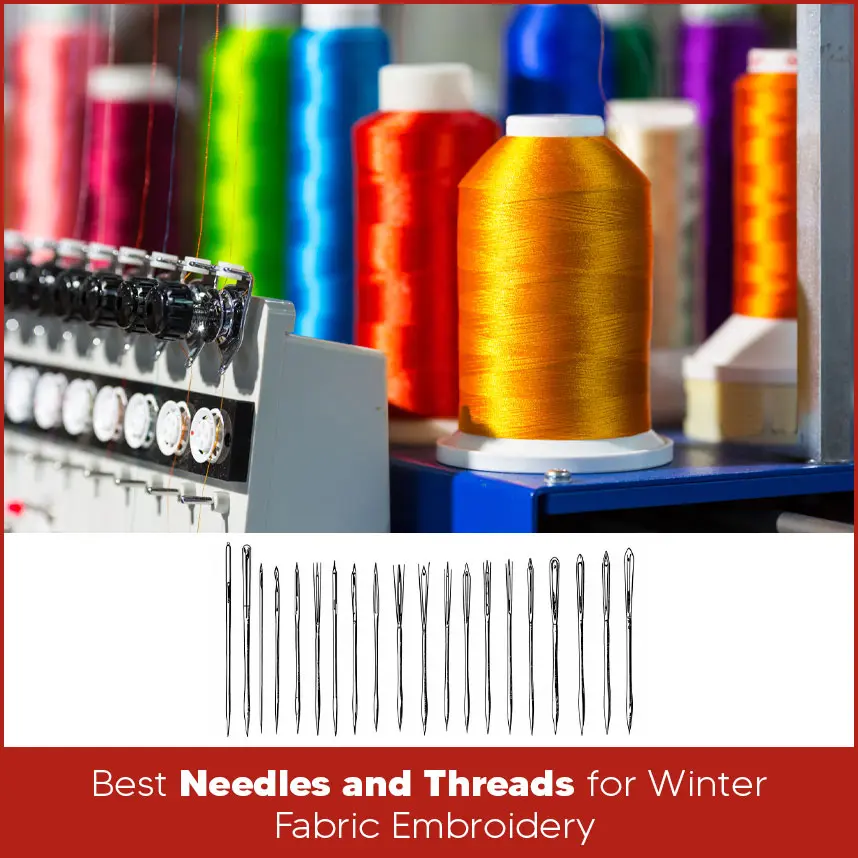
Winter clothes are thick by nature so the needle has to be right.
Use a ballpoint needle on knits and fleece. It slides between the threads instead of poking holes.
Use a sharp needle on wool. It goes through cleanly.
Polyester embroidery thread is the best choice. It is strong and the color stays bright after washing.
Pull the top thread carefully so the stitches are set on top of the thick fabric.
Common Embroidery Problems on Winter Fabrics and How to Fix Them
These problems happen to almost everyone:
Puckering comes from pulling the fabric too tight or using weak stabilizer.
The design moves when the fabric slips in the hoop. Tighten the hoop better or add more spray glue.
Stitches disappear into fleece when you forget the topping.
Most problems go away when you use the right stabilizer, hoop and put topping on fluffy fabrics.
Machine Embroidery Designs That Work Best on Thick Winter Fabrics
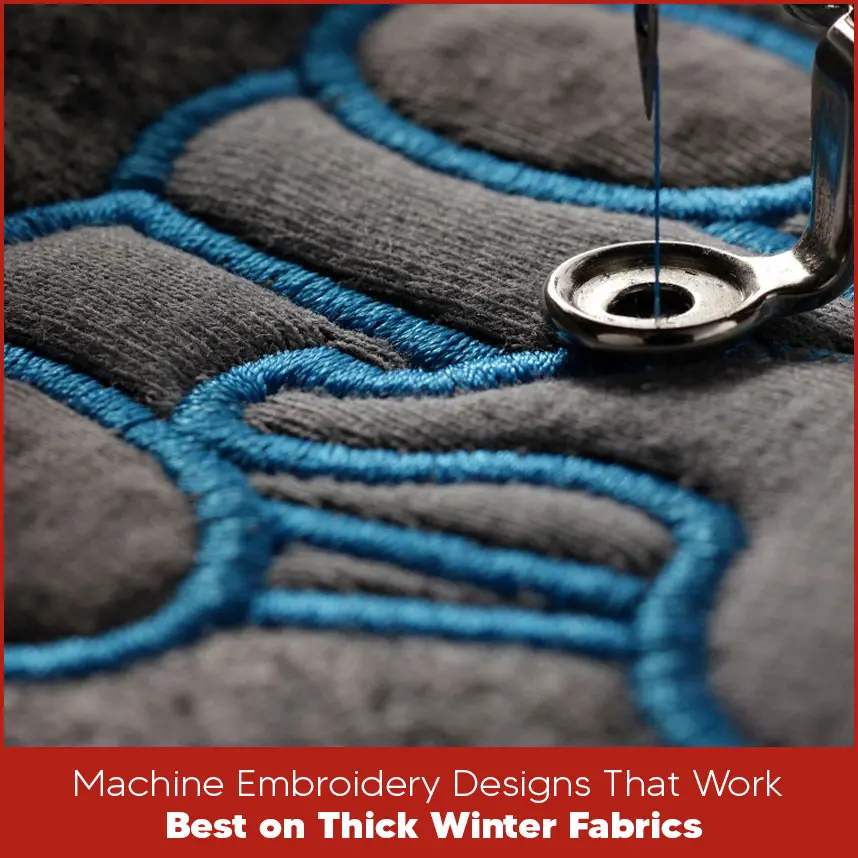
Thick winter clothes look best with open, lighter designs. Outline designs, simple letters and applique sit flat and pretty. On super-fluffy sherpa or high-pile fleece, use bold outlines or satin-stitch letters so people can see them. You can still do full designs but only if you use a strong stabilizer.
Essential Hooping Tips for Thick and Stretchy Fabrics
Always be careful when you choose hoop for winter clothes.
Never stretch the fabric. It will shrink back later and make wrinkles.
Use the right hoop that fits your design.
If the jacket or coat is too thick to hoop the normal way, just lay it on top of the hooped stabilizer and use spray glue. This is called floating.
These steps keep everything steady and the stitches come out straight.
Best Embroidery Techniques for Hoodies, Coats, and Winter Jackets
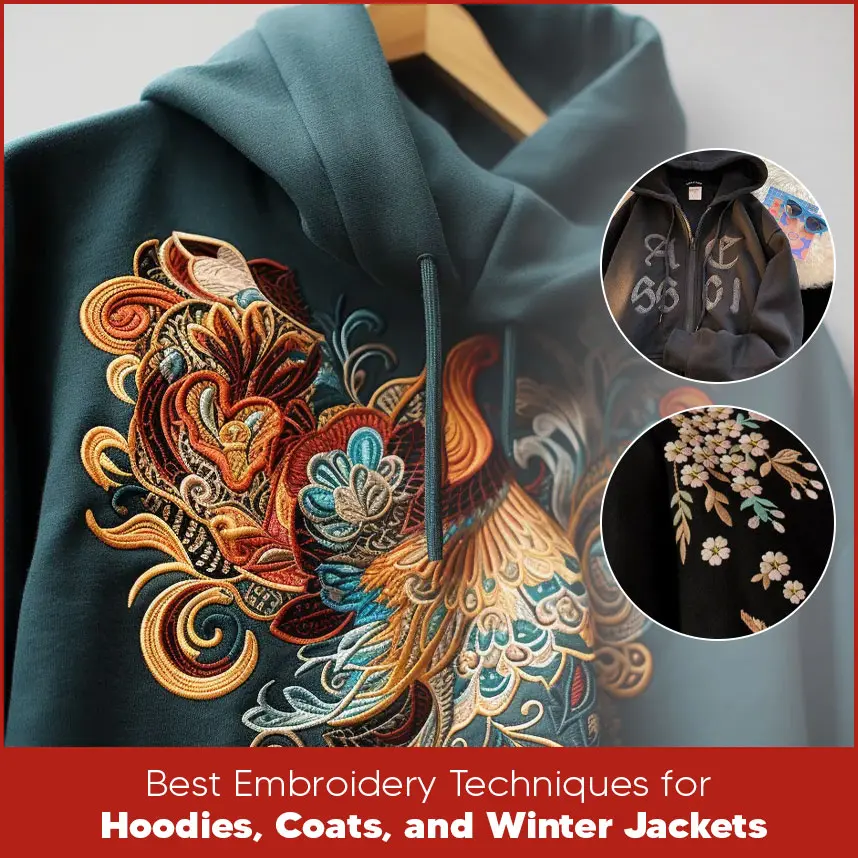
Hoodies, coats and jackets are the thick so use a strong cut-away stabilizer and water-soluble topping. Use a strong cut-away stabilizer and water-soluble topping. Simple or bold designs look nice. When you sew close to a zipper or thick seam, run the machine slower so nothing moves. A lot of people like applique design on hoodies because it looks clean and modern and does not add too many stitches.
Summary
Winter fabrics will look neat and well-finished with embroidery when you use the right methods. Wool, fleece, sweaters and jackets, even every fabric needs proper stabilizers, the correct needle and careful hooping. Choosing the right stitch style and design density helps avoid puckering, stretching and breaking stitches. A well digitized design makes a big difference in how the final result looks.
Do those things and your winter embroidery will look neat and last a long time.
If you want the designs to come out perfect every time, get them digitized by people who know winter fabrics well. Digitizing USA does exactly that we make files that work great on thick, stretchy, and fluffy materials so your stitches stay flat, clean and pretty even after washing. It makes the whole project easier and the results much better.

